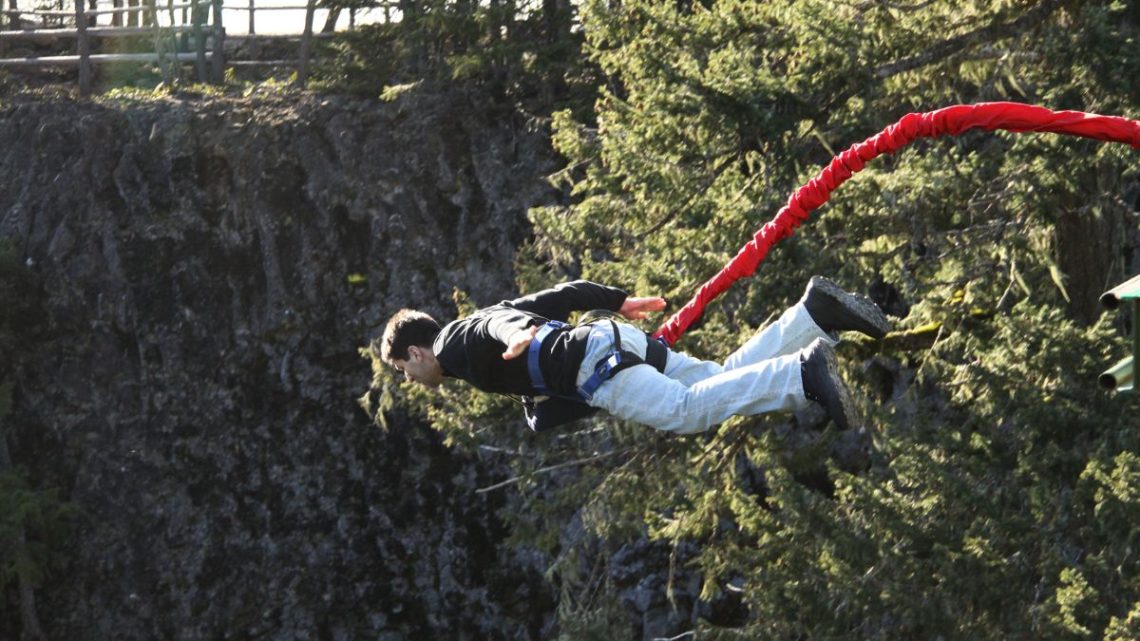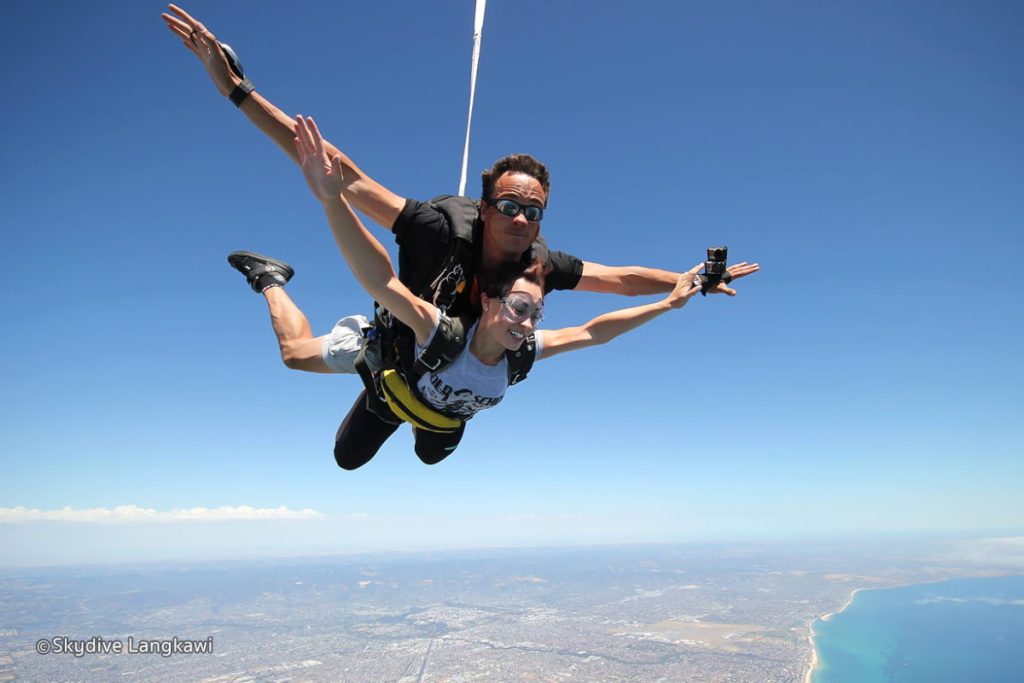
The Thrill Within: Understanding the Fascination of Adrenaline Junkies
For some individuals, the call of adrenaline is irresistible, beckoning them to seek out activities that induce a rush of excitement and a surge of energy. These thrill-seekers, often dubbed “adrenaline junkies,” find solace in the heart-pounding, risk-laden experiences that leave the average person both exhilarated and perplexed. In this blog, we’ll delve into the psychology and motivations behind the pursuit of adrenaline-fueled activities, exploring why some people are drawn to the thrill of living on the edge.
The Biological Response to Adrenaline
Adrenaline, also known as epinephrine, is a hormone and neurotransmitter that plays a crucial role in the body’s “fight or flight” response. When individuals engage in activities that trigger a sense of danger or excitement, the body releases adrenaline, preparing itself for a perceived threat. This surge in adrenaline results in increased heart rate, heightened alertness, and a boost in energy.
For adrenaline junkies, the biological response to adrenaline is not just a physical reaction but a pleasurable experience. The sensation of heightened awareness and the rush of energy become addictive, leading individuals to actively seek out situations that trigger this response.
Seeking Novel Experiences
Adrenaline junkies often share a personality trait associated with novelty-seeking behavior. These individuals have a high tolerance for risk and a constant need for new and stimulating experiences. Routine and predictability can feel stifling to them, prompting a relentless quest for excitement and the unfamiliar.
Engaging in adrenaline-pumping activities provides a continuous source of novel experiences. Whether it’s extreme sports, adventure travel, or daring stunts, these pursuits offer a constant stream of challenges and thrills, satisfying the innate desire for novelty.
Overcoming Fear and Building Confidence
Adrenaline junkies are not devoid of fear; rather, they confront and conquer it head-on. The act of pushing one’s limits and facing perceived dangers can be a powerful confidence-building exercise. By willingly engaging in activities that induce fear, individuals prove to themselves that they can overcome challenges and emerge unscathed on the other side.
The sense of accomplishment and the surge of confidence that follows these experiences can become addictive. Adrenaline junkies often find themselves chasing increasingly intense and daring activities as they seek to push their boundaries further and bolster their self-esteem.

The Thrill of Control and Mastery
Part of the allure of adrenaline-fueled activities lies in the sense of control and mastery that accompanies them. Successfully navigating risky situations and overcoming physical challenges provides a unique feeling of empowerment. Adrenaline junkies revel in the mastery of their chosen activities, whether it’s scaling a cliff, navigating white-water rapids, or hurtling down a ski slope.
The pursuit of mastery not only satisfies the desire for control but also offers a sense of purpose and achievement. Adrenaline junkies often develop a deep passion for their chosen activities, driven by the continuous quest for improvement and the thrill of conquering new challenges.
Escaping the Ordinary for Transcendent Moments
Adrenaline junkies often describe the moments during and after an intense experience as transcendent. The heightened state of awareness, the surge of adrenaline, and the intense focus create a sense of living in the present moment. In these instances, ordinary concerns and stressors fade away, and individuals feel truly alive.
The pursuit of these transcendent moments becomes a driving force for adrenaline junkies. The memories of these experiences linger, serving as a wellspring of fulfillment and providing a source of inspiration during mundane or challenging times.
Genetic and Environmental Influences
Research suggests that there may be genetic and environmental factors contributing to an individual’s predisposition to seek out thrilling experiences. Some studies indicate that certain genetic markers are associated with sensation-seeking behavior and a propensity for risk-taking. Additionally, exposure to adventurous activities during childhood, such as outdoor sports or adventure travel, may influence an individual’s likelihood of becoming an adrenaline junkie later in life.
Understanding the interplay between genetic predispositions and environmental influences can shed light on why some individuals are more inclined to pursue high-risk activities than others.
While the allure of adrenaline-fueled experiences is undeniable, it’s crucial to strike a balance between the thrill of the moment and responsible behavior. Adrenaline junkies must prioritize safety, adhere to regulations, and be mindful of the potential consequences of their actions.
You May Also Like

The Chemistry of Taste: Understanding Flavor and Food Science
2023-12-26
Effects Of Cannabis On The Brain And Body.
2021-10-01


